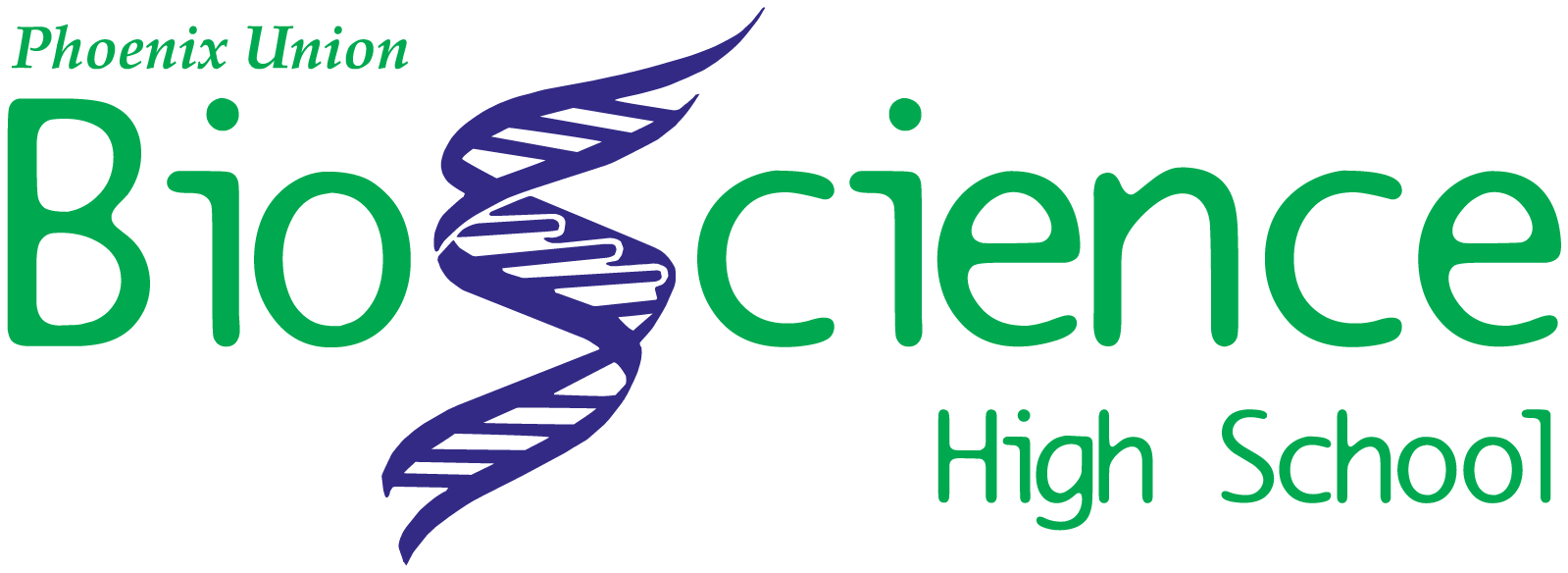Freshman Year (9th Grade)
Yearlong Essential Question
Who am I and how do I make sense of the world?
Grade Level: 9
Phone: 602-764-5600
Number of Semesters: 2
Credits: .5 Credits Each Semester
Instructors
Ms. Erin Thiry - Humanities
Ms. Summer Martin - Health/Fitness
Mr. Rodrigo Antillon - Spanish
Mr. Matthew King - Explorations in Art
Mr. Greg Stephens - Integrated Math
Ms. Brianne Loya - Integrated Science
Freshmen Plan for Success
Click HERE to view the 2024-2025 Plan for Student Success
